Insiders’ guide to 22 essential Philadelphia museums
From the city’s greatest hits to lesser known gems, here are 22 must-see museums, even if you’ve lived here your whole life.
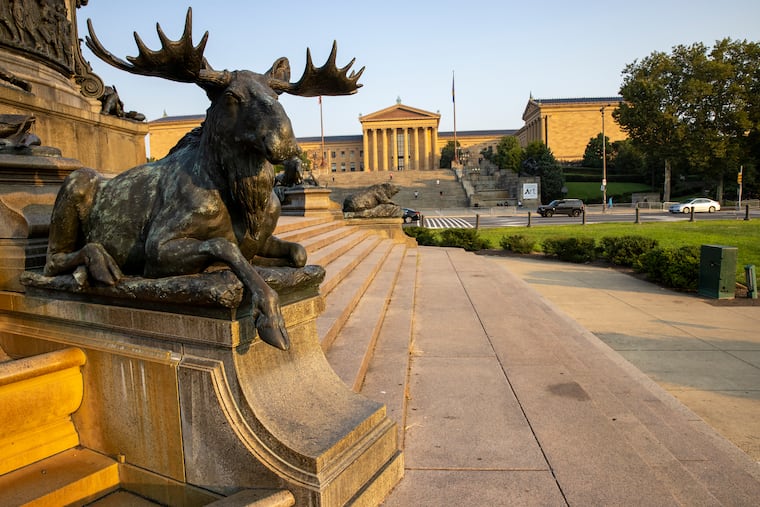
Philadelphia has come a long way since Pierre Eugène du Simitière opened the nation’s first public museum in 1782 and naturalist Charles Willson Peale went from displaying artifacts in his home to founding the Philadelphia Museum in 1786.
In a town where historical markers, buildings, and neighborhoods abound, Philadelphia’s museum game is stronger than ever. While we’re sure Peale and Simitière never imagined QR code entry tickets or eating avocado toast in a garden between exhibits, our talent at showcasing cool art, history, and culture remains vast.
Help make this guide better
But since we live in the first World Heritage City in America, there’s a lot of options. So we’ve assembled a list with some insider museum tips to help you out, even if you’ve lived here your whole life.
Here are a few places where you can easily spend an afternoon diving into early American history, uncovering the legacy of a world-renowned singer, indulging in great works of art, and even taking some selfies with a dinosaur.
Classic Philly Museums
Founded in 1812, The Academy of Natural Sciences opened its doors to the public in 1828, becoming the oldest natural science research facility and museum in America. With a scientific collection of more than 18 million specimens, public lectures, classes, and an extensive library, this is a true bridge between global expeditions and research. From the T.rex in Dinosaur Hall to lions in the African and Asian Hall, here you’ll find a showcase of the evolution of people and the natural world.
📍1900 Benjamin Franklin Pkwy., 📞 215-299-1000, 🌐 ansp.org, 📷 @acadnatsci, 🎧 audio guided tours, 🎟️ $25 for adults, $2 discounts for purchasing tickets online, and discounted rates for seniors age 65+, military, kids, and students (with ID)
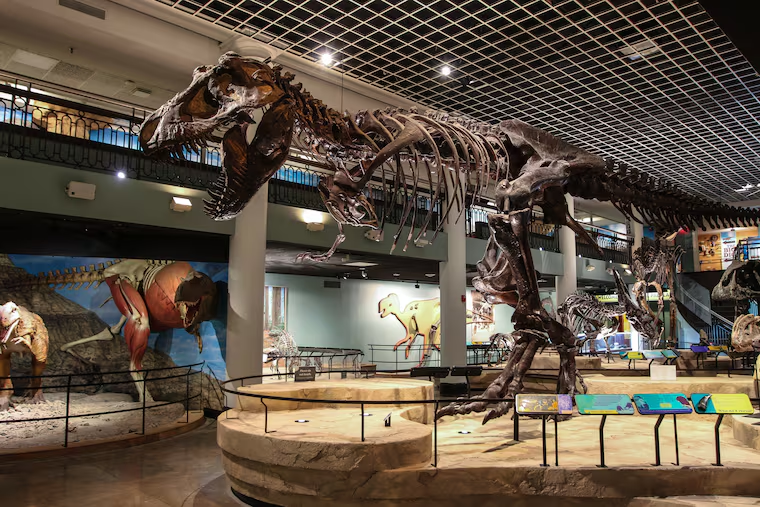
Located just a few blocks from the Liberty Bell and opened as part of the 1976 Bicentennial celebrations, the African American Museum in Philadelphia understands that Black history is American history. With four gallery spaces and a spacious auditorium for lectures and workshops, the museum celebrates African heritage and the lives of foundational Black Americans in Philadelphia’s history. Beyond the 750,000 artifacts in the collection, there are also a ton of family-friendly events, films, concerts, and panel discussions centered on the Black experience.
📍 701 Arch St., 📞 215-574-0380, 🌐 aampmuseum.org, 📷 @aampmuseum, 🎧 audio guided tours, 🎟️ $14 for adults and discounts for seniors age 65+, kids 4-12, and students (with ID)
Built on a sizable land grant from Queen Christina of Sweden, the American Swedish Museum features 12 galleries that span the history of the 1968 Delaware Valley’s New Sweden Colony (a colony that settled on both sides of the Delaware River from 1638 to 1655 in an effort to colonize America during the Thirty Years War), the country’s history, and the vast contributions of Swedish figures in art, design, literature, and music to the rest of the world. The building’s design is based on Ericsberg Castle, Stockholm’s City Hall, and George Washington’s Mount Vernon home.
📍1900 Pattison Ave., 📞 215-389-1776, 🌐 americanswedish.org, 📷 @americanswedish, 🎟️ $10 for adults and discounts for seniors age 65+, military, and kids 5-11
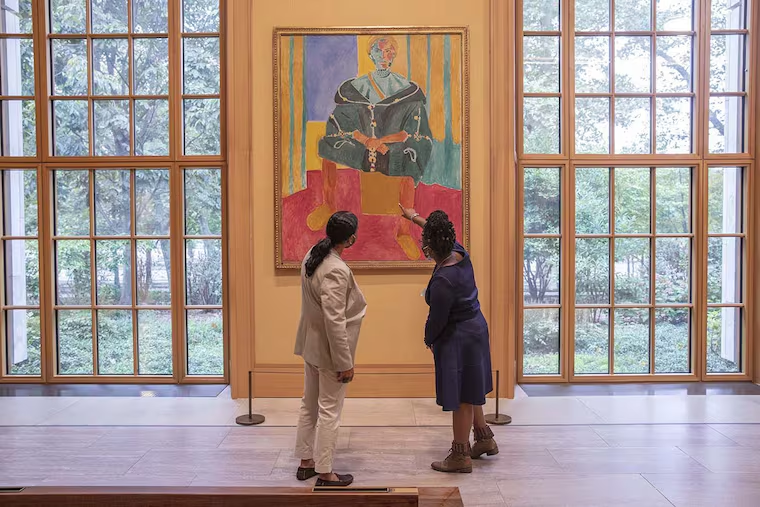
What started with Albert C. Barnes’ passion for collecting and teaching others how to view art, has blossomed into an institution with more than 4,000 objects on display, including the works of Renoir, Cézanne, Matisse, and Picasso, and Greek antiquities, African art, Indigenous art, and other one-of-a-kind collections. The building also features a 150-seat auditorium, a conservation and research lab, classrooms, a restaurant, and a beautiful reflecting pool near the entrance.
📍2025 Benjamin Franklin Pkwy., 📞 215-278-7000, 🌐 barnesfoundation.org, 📷 @barnesfoundation, 🎧 app guided tours, 🎟️ $25 for adults and discounts for seniors age 65+, military, kids, students (with ID), and free on the first Sunday of the month, 🍽 restaurant on-site
Designated a U.S. National Landmark, Fairmount’s Eastern State Penitentiary has housed some of the country’s most notorious criminals such as Joe Bruno, Al Capone, and Willie Sutton. Opened in 1829 and known for its design, it later became a model for over 300 prisons worldwide. Beyond walking around the wheel-likebuilsing and the seven cell blocks fanning out of the center, visitors can learn from permanent exhibits like The Big Graph, Prisons Today, Hidden Lives Illuminated, Jewish Life, Al Capone’s Cell, and Murals of the Chaplain’s Office. Night tours are also available.
📍2027 Fairmount Ave., 📞 215-236-3300, 🌐 easternstate.org, 📷 @easternstate,🎧 audio guided tours, 🎟️ $21 for adults and discounts for seniors age 65+, military, kids, and students (with ID), 🍽 beer garden on-site
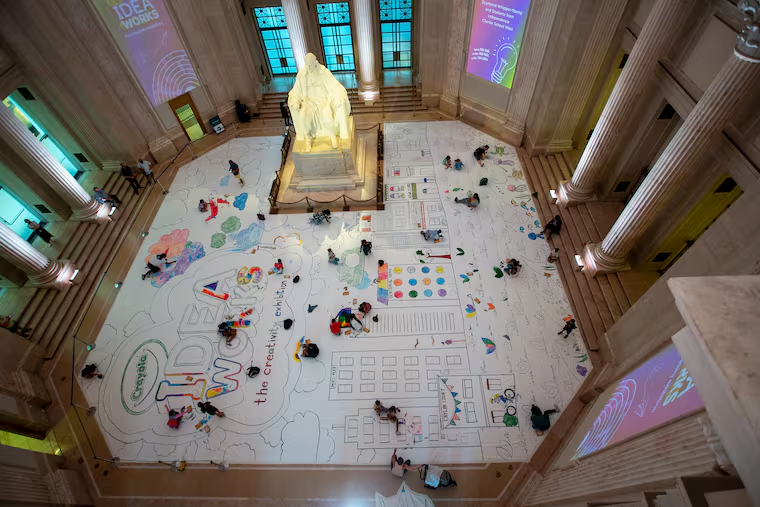
Named after inventor and Founding Father Benjamin Franklin, The Franklin Institute is a hub for science and technology education. Along with 10 permanent exhibitions spanning from electricity to anatomy, the museum also has a large collection of objects from the Wright brothers’ workshop.
📍222 N. 20th St., 📞 215-448-1200, 🌐 fi.edu, 📷 @franklininstitute, 🎧 audio guided tours, 🎟️ $25 for adults and discounts for seniors age 65+, military, and kids, 🍽 café and restaurant on-site
The Independence Seaport Museum was founded in 1961 and ever since it has continued its ongoing mission to discover and illustrate Philadelphia’s maritime history and connections. It holds one of the largest maritime art and artifact collections in North America, features several permanent exhibits, and offers fun water excursions like kayaking. Its biggest on-the-water offerings are the Cruiser Olympia, the oldest floating steel warship that is docked nearby, and the Submarine Becuna, a World War II-era Balao-class submarine.
📍211 S. Columbus Blvd., 📞 215-413-8655, 🌐 phillyseaport.org, 📷 @phillyseaport, 🎧 audio guided tours, 🎟️ $18 for discounts for seniors age 65+, and kids
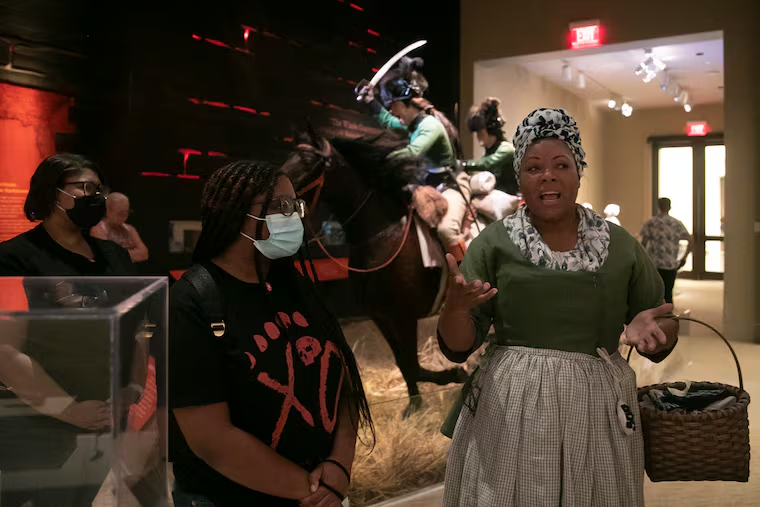
One of the city’s newer museums, the Museum of the American Revolution opened its doors in 2017 on the 242nd anniversary of the first battles of the war at Lexington and Concord. Home to artwork, weapons, art, textiles, books, and other artifacts from that time in history, the museum uses its galleries and interactive visuals to highlight the events surrounding America’s quest for liberty and freedom. General admission tickets to the museum are valid for two consecutive days. So if you miss something on your first visit or if there’s something you want to explore more deeply, you can come back.
📍101 S. Third St., 📞 215-253-6731, 🌐 amrevmuseum.org, 📷 @amrevmuseum, 🎧 audio guided tours, 🎟️ $21 for adults and discounts for seniors age 65+, military, kids, and students (with ID), 🍽 café on-site
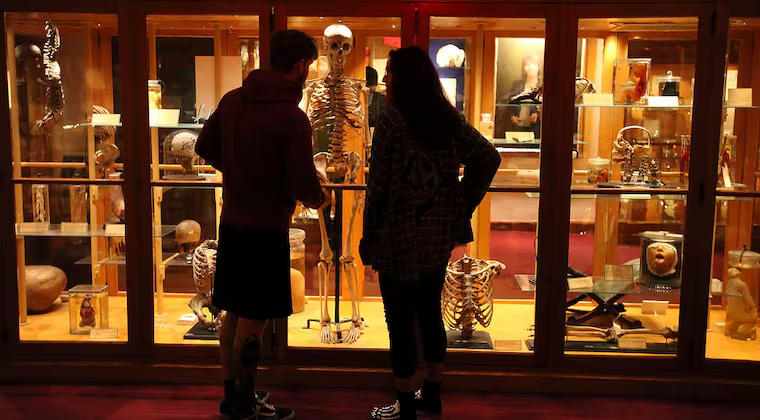
The Mütter Museum was established in 1858 by physician Thomas Dent Mütter for the purposes of biomedical research and education. A part of The College of Physicians of Philadelphia, there are more than 20,000 specimens in the institution ranging from skeletal and pathological specimens, wax models, and traditional medical instruments. Keeping up with the times, the Mütter Museum also has its own medical history podcast, My Favorite Malady.
📍19 S. 22nd St., 📞 215-560-8564, 🌐 muttermuseum.org, 📷 @muttermuseum, 🎟️ $20 for adults and discounts for seniors age 65+, military, kids, and students (with ID)
Nearby Independence Hall and the Liberty Bell, The National Constitution Center was added to Independence Mall on the 213th anniversary of the signing of the Constitution on September 17, 2000. Though it does not house the actual constitution, it’s got engaging exhibits that celebrate one of the nation’s founding documents.
📍525 Arch St., 📞 215-409-6700, 🌐 constitutioncenter.org, 📷 @constitutionctr, 🎟️ $14.50 for adults and discounts for seniors age 65+, military, kids, and students (with ID), 🍽 café on-site
The National Museum of American Jewish History started welcoming visitors in 1976 and originally shared its building with the Congregation Mikveh Israel in Old City. The museum’s educational programs, lectures, films, family days, musical events, and panel discussions all shine a light on the history of Jews in America. With more than 30,000 objects, it holds the largest collection of Jewish Americana in the world including an 1881 Hanukkah lamp from Lodz, Poland, an 1820 Tzedakah (charity) box or Kupat Tzedakah made of silver, and an 1890 brass Hanukkah menorah from Russia, and antique Kiddush cups.
📍101 S. Independence Mall E., 📞 215-923-3811, 🌐 nmajh.org, 📷 @weitzmanmuseum, 🎟️ Admission Free with recommended donation of $15
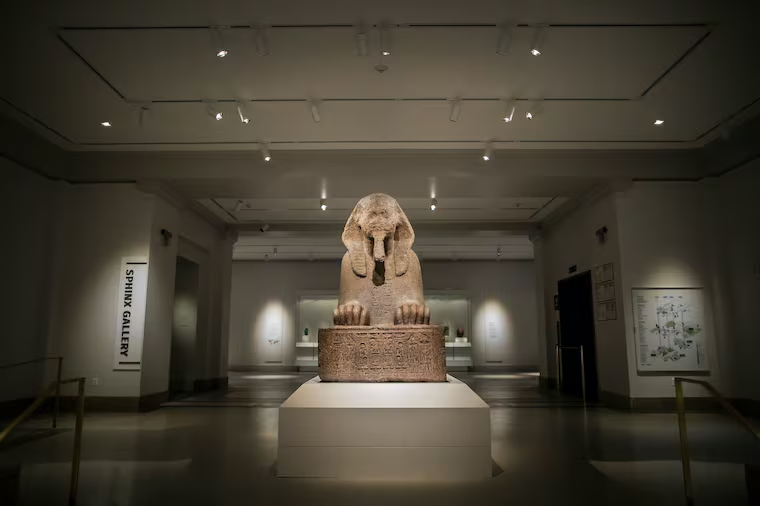
Part of the University of Pennsylvania, the Penn Museum is an archaeology and anthropology museum with grounds that feature gardens, a rotunda, a fountain, a reflecting pool, and more. Founded in 1887, the museum houses more than a million objects like Bangongo tribal masks, an Apalaii Headdress, and an Asian collection with objects from an expedition to India from 1915 to 1918, with some of the earliest Indian art in America. Explore extensive artifacts from Africa, Mexico, China, Egypt, and beyond, designed to illustrate connections between cultures, and remember civilizations and tribes long gone.
📍3260 South St., 📞 215-898-4000, 🌐 penn.museum, 📷 @pennmuseum, 🎟️ $18 for adults and discounts for seniors age 65+, military, kids, and students (with ID), 🍽 café on-site
The Philadelphia Museum of Art was originally commissioned in 1876 for the Centennial Exposition in Philadelphia. Opened in 1928, the building now houses more than 240,000 pieces from around the world. It’s also home to two of the most sought-after tourist attractions in the city: the Rocky steps and statue. Besides the main building, there are several annex museums like the Rodin Museum, which has one of the largest holdings of the French sculptor’s works outside of Paris.
📍2600 Benjamin Franklin Pkwy., 📞 215-763-8100, 🌐 philamuseum.org, 📷 @philamuseum, 🎧 audio guided tours, 🎟️ $25 for adults and discounts for seniors age 65+, military, kids, students (with ID), and pay-what-you-wish on the first Sunday of the month, 🍽 café and restaurant on-site
Lesser-Known Museums
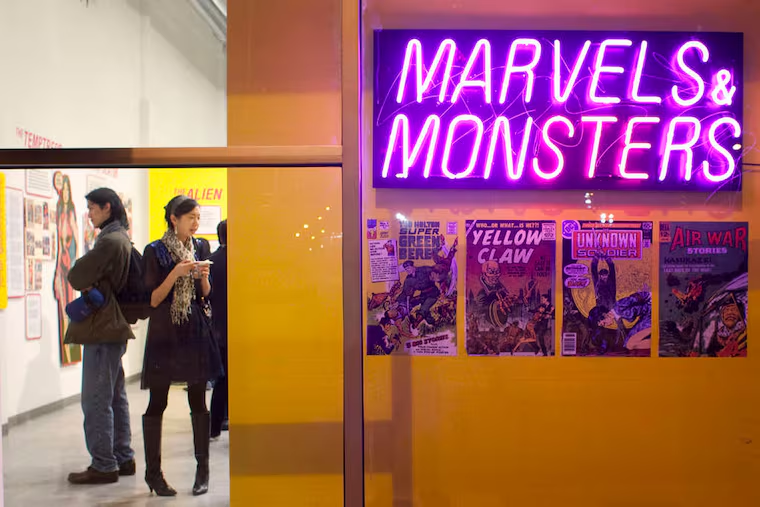
Located inside a former Warner Bros. theater, the Asian Arts Initiative is a community-based arts center and nonprofit organization in Chinatown. It was founded in 1993 from a program at the Painted Bride Art Center in response to racial tensions and a need to promote understanding of Asian-American culture and experiences. It works to amplify underrepresented artists through rotating exhibitions, film screenings, live concerts, youth workshops, panel discussions, and open-mic nights.
📍1219 Vine St., 📞 215-557-0455, 🌐 asianartsinitiative.org, 📷 @asianartsphilly, 🎟️ Gallery admission is free
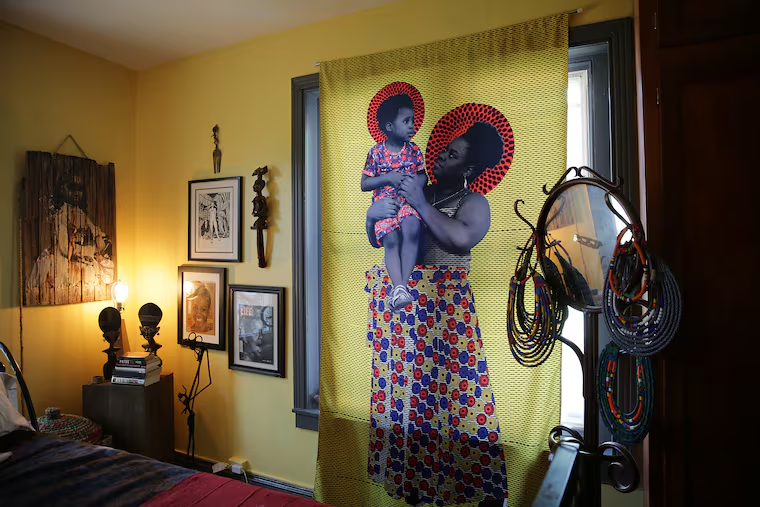
Founded by Vashti DuBois, The Colored Girls Museum is a collective of art, books, jewelry, collectibles, sounds, and other objects that encapsulate the everyday experiences of Black and Brown girls. Following the tradition within the Black community to use a home space as one for organizing, the museum is equal parts research facility, gallery space, community area, meditation center, and workshop. Located in a three-story and 130-year-old Victorian house in Germantown, the museum is dedicated to honoring the ordinary and extraordinary lives of women of color through art and preservation of relics.
📍4613 Newhall St., 📞 215-251-1653, 🌐 thecoloredgirlsmuseum.com, 📷 @thecoloredgirlsmuseum, 🎟️ $20 suggested donation for adults, $10 suggested donation for students
Established in 1977, the Fabric Workshop and Museum is a workspace and contemporary art museum that features exhibits ranging from abstract pieces outlining the history of art to dynamic canvas work. The museum also cultivates and encourages new artists with its artist-in-residence program, as well as a high school, college, and postgraduate apprentice training program, family workshops, and studio tours.
📍1214 Arch St., 📞 215-561-8881, 🌐 fabricworkshopandmuseum.org, 📷 @fabricworkshop, 🎟️ Free admission with a $5 suggested donation
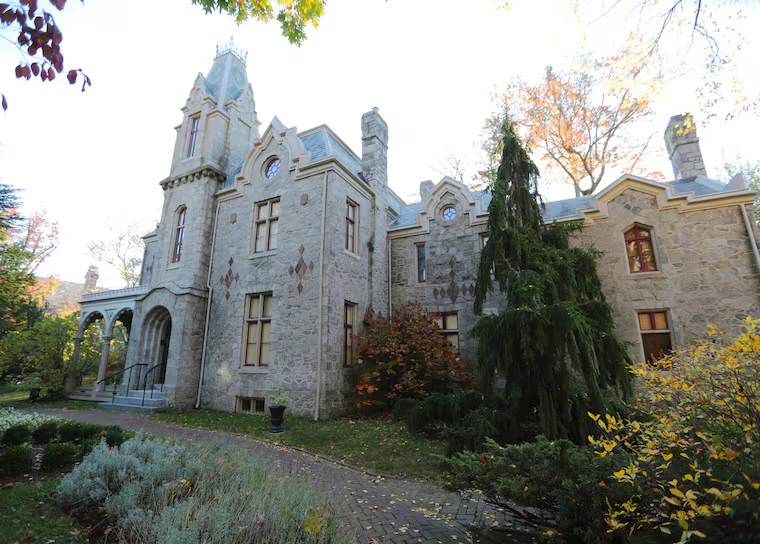
To explore freedom’s backyard, head to Historic Germantown. With 18 historic houses like the Ebenezer Maxwell Mansion and Cliveden, museums like the Lest We Forget Slavery Museum, and historic sites like Hood Cemetery in the collective, interesting stories of abolition, settlement, industry, and the past are all around.
📍Throughout Germantown, 📞 215-844-1683, 🌐 freedomsbackyard.com, 📷 @historic_germantown
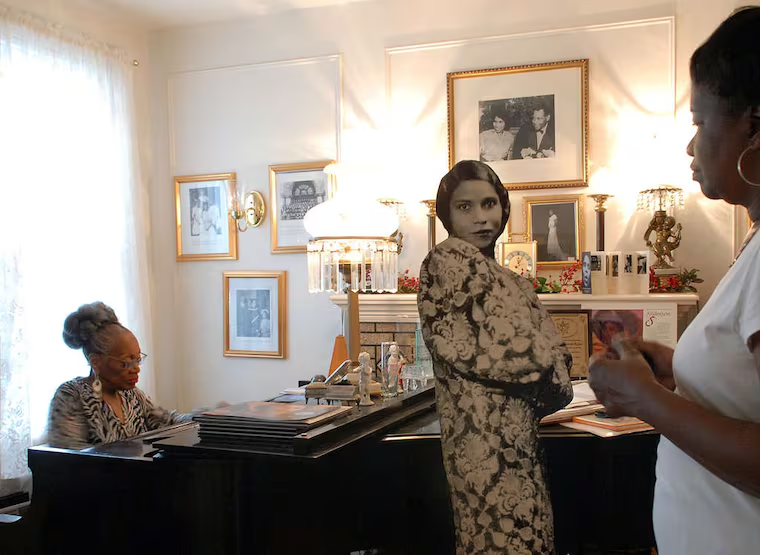
Purchased in 1924, this became the home of the first Black singer to perform at the White House and also the first Black person to sing with New York’s Metropolitan Opera. Marian Anderson called this residence her home until 1943. The museum preserves her legacy through artifacts, photography, and more. It’s also the hub for the Marian Anderson Scholar Artist Program which develops and sponsors artists, classical and opera singers, and musicians. The artists, ranging from 18 to 45, perform seasonally at events that the society sponsors yearly. They also perform around the world. Due to a recent flood, the Museum is currently operating virtually, with hopes to re-open again soon. To support the restoration process, go online or call 215-779-4219 to donate.
📍762 Martin St., 📞 215-779-4219, 🌐 marianandersonhistoricalsociety.weebly.com, 📷@marianandersonhistoricalsociety, 🎟️ $10 for adults and discounts for groups
The Rosenbach spans two 19th-century townhouses near Rittenhouse Square, and houses the collections of Philip Rosenbach and his younger brother Dr. A. S. W. Rosenbach, both predominant dealers of rare books and manuscripts during the first half of the 20th century. After joining with the Free Library of Philadelphia Foundation in December 2013, the Rosenbach collection has now grown to more than 130,000 manuscripts and 30,000 rare books including the works of Bram Stoker, Lewis Carroll, Phillis Wheatley, Miguel de Cervantes, Charles Dickens, Mercedes de Acosta, and others.
📍2008-210 Delancey Pl., 📞 215-732-1600, 🌐 rosenbach.org, 📷 @therosenbach, 🎟️ $12.50 for adults and discounts for seniors age 65+, military, and students (with ID)
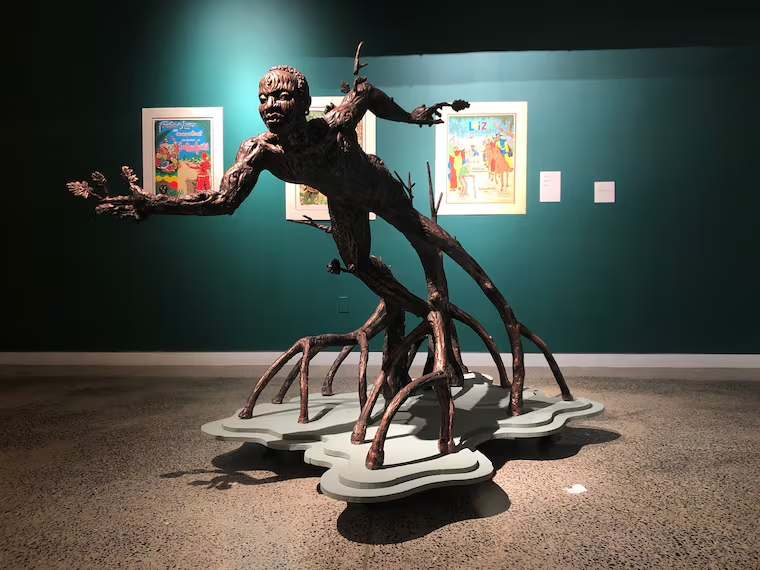
Taller Puertorriqueño is a community-based organization that develops, promotes, and conserves Puerto Rican and Latino art and culture. Open since 1974, the center exhibits art, creates cultural programming, has live music performances, hosts author literary talks, screens films, and holds after-school education with a singular mission to foster community empowerment.
📍2600 N. 5th St., 📞 215-426-3311, 🌐 tallerpr.org, 📷 @tallerpr, 🎟️ Free admission
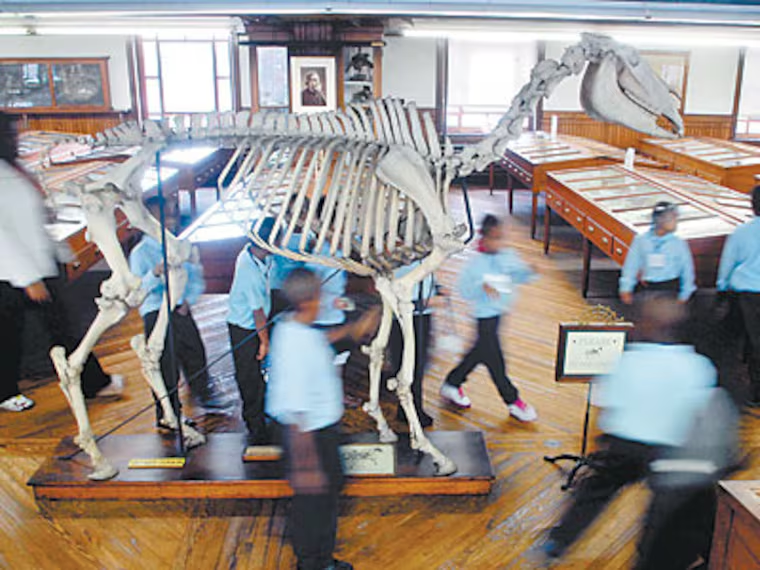
Go here to get a real glimpse at a Victorian-era science museum. A National Historic Landmark, the Wagner Free Institute of Science opened in 1855 and was designed by John McArthur Jr., the architect who mapped-out City Hall. The renowned natural history museum also functions as a research center, library, and educational facility. The museum maintains more than 100,000 specimens like Chinese pangolins, the Jurassic fish lizard-like creature Ichthyosaurus intermedius, Asian and African elephant skulls, two-toed sloths, and more. The exhibit hall still retains its 19th-century style, with objects displayed in cherry wood and glass cabinets from the 1880s.
📍1700 W. Montgomery Ave., 📞 215-763-6529, 🌐 wagnerfreeinstitute.org, @wagnerfreeinst, 🎟️ Free at checkout)
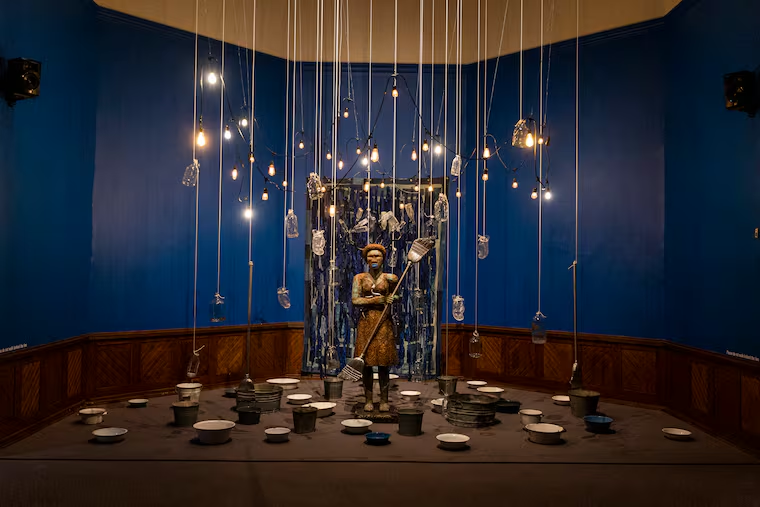
Established in 1805, The Pennsylvania Academy of the Fine Arts (PAFA) is considered to be the nation’s first school and museum of fine arts. Despite being best known for its 19th and 20th-century paintings and sculptures, which are currently not in view, the museum also houses contemporary exhibitions, like “Rising Sun: Artists in an Uncertain America.” If you stop by the Historic Landmark Building, you can view work by living artists interpreting the question “Is the sun rising or setting on the experiment of American democracy?”
📍118-128 N. Broad St., 📞215-972-7600, 🌐pafa.org, @pafamuseum, 🎟️ $18.
Read more museum guides
Michelle Myers and Steven White contributed reporting to this article.
» READ MORE: Live your best life in Philly: Read our most useful stories here